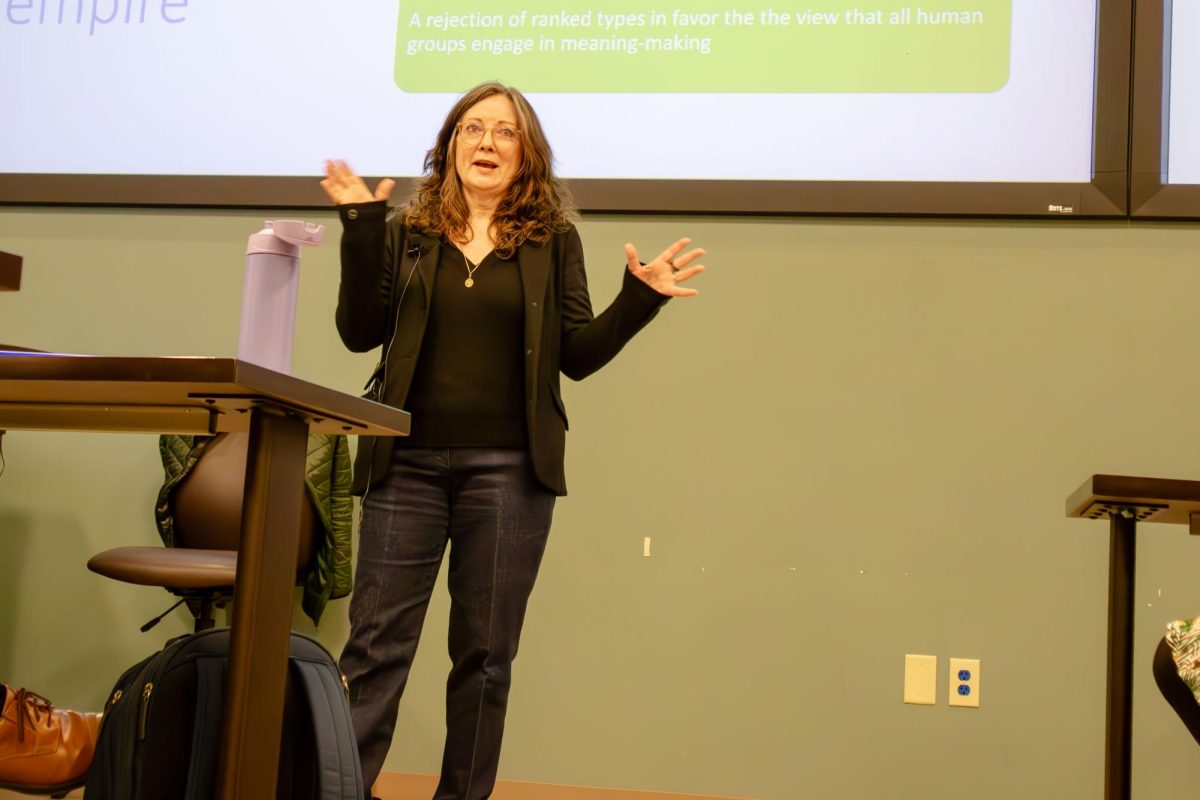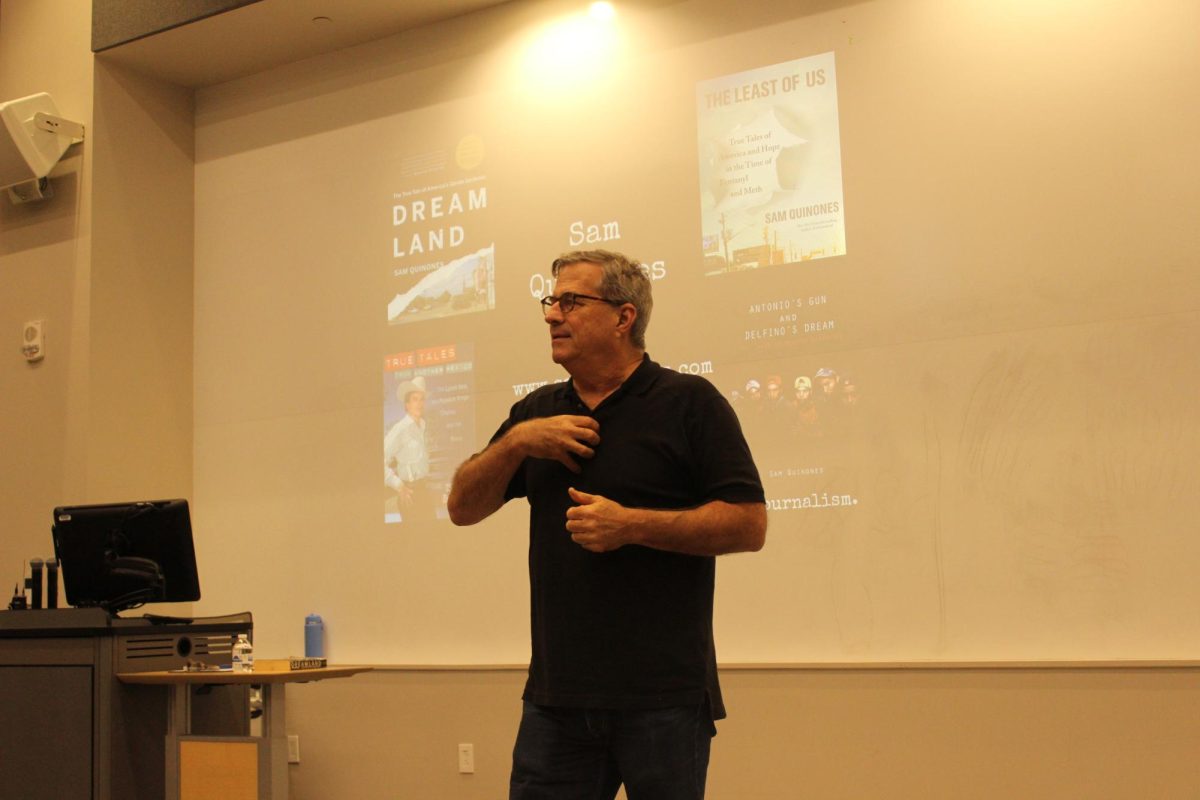Photo by Caleb Revill / MTSU Sidelines
The MTSU Blue Mars group held its second meeting on Friday to further discuss topics of research on the possibility of humanity colonizing Mars.
Blue Mars is a research initiative made up of MTSU faculty and led by the Office of Research to better understand the scientific puzzles of colonizing Mars. Their first meeting was held in September.
The meeting acted as a forum for members to present ideas and ask questions. Topics of discussion ranged from talks of Martian plant growth and waste disposal to questions of the psychological and evolutionary effects that Martian colonists could experience.
The first person to give their presentation was Ngee Sing Chong, an MTSU chemistry professor. Chong said that he was most interested in the measurement techniques for measuring Mars’ atmosphere.
“(The atmosphere) is much thinner,” Chong said. “So, the pressure is about .6 percent of the pressure on Earth. I’m interested in techniques that can explore measurement down to Pascal unit level.”
Chong said that he was also interested in what elements make up Mars’ atmosphere. He said that there have been many x-ray measurements and analyses used to identify the elements in the past.
Tony Johnston, an MTSU fermentation science professor, spoke about waste management on Mars. He said that there needs to be a plan for what martian colonists would do with their waste.
“Waste management, at this point, pretty much consists of ‘throwing it out the window,’” Johnston said. “We’re not going to have that luxury.”
Johnston discussed the need for colonists to be able to generate their own food, water and oxygen. He addressed this problem with the idea of using microbial life.
“We can let the microorganisms create oxygen, (and) we can use microorganisms to create food,” Johnston said.
Genetically modifying the organisms could help with this process, according to Johnston.
The next presentation was by Hugh Moffatt, an MTSU recording industry professor who explored the question of how mars would change humanity through evolution.
“The concern of Blue Mars for me is not the first days,” Moffatt said. “It’s long-term settlement (and) how earthlings become Martians.”
Moffatt discussed the differences in gravity on Mars and Earth as a potential factor in changing the humans who go to live on Mars.
“How would we change?” Moffatt asked. “What would we look like? What will the continual morphing of generations do to social cohesiveness?”
MTSU’s Vice Provost of Research and Dean of Graduate Studies David Butler asked if Mars could be considered “the new spatial fix.”
“We have to continuously grow, (economically),” Butler said. “Every time we hit a crisis, the capital system resets itself (via) a new technology or a spatial fix. A spatial fix is usually associated with movement of people and or technologies or adding new markets.”
Butler said that through global modernization, humanity is getting closer to what he calls “a saturation point.” He described that economic growth at this point would level out due to the efficiency and production of all countries.
“If you actually export a number of people to Mars, they are going to be huge consumers and producers of whatever there is,” Butler said.
At the end of the meeting, Butler talked about future scheduling for Blue Mars. The third meeting will be held early in the spring 2018 semester. There are plans for Blue Mars to host a symposium by spring of 2019 where they will discuss their finalized research.
To contact News Editor Andrew Wigdor, email newseditor@mtsusidelines.com.
For more news, follow us at www.mtsusidelines.com, on Facebook at MTSU Sidelines and on Twitter at @Sidelines_News.








